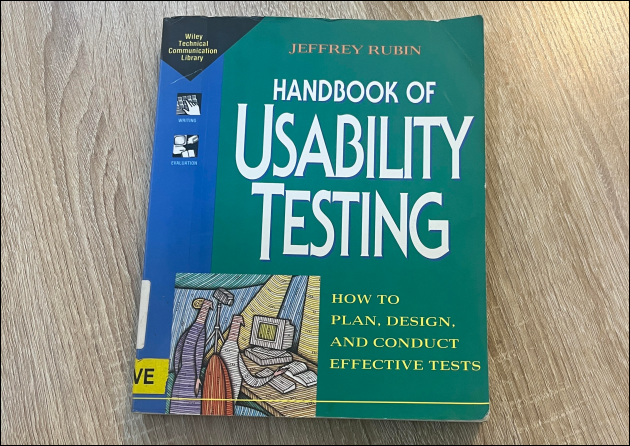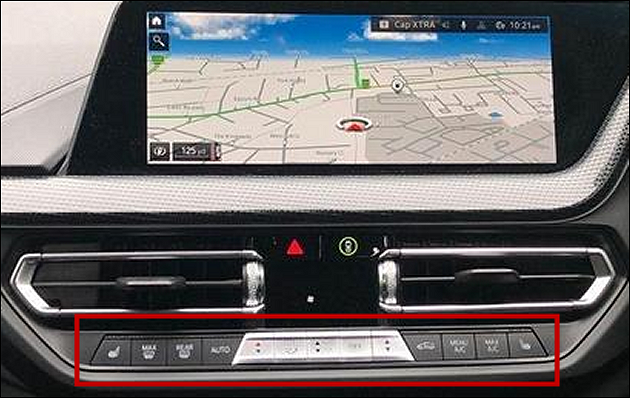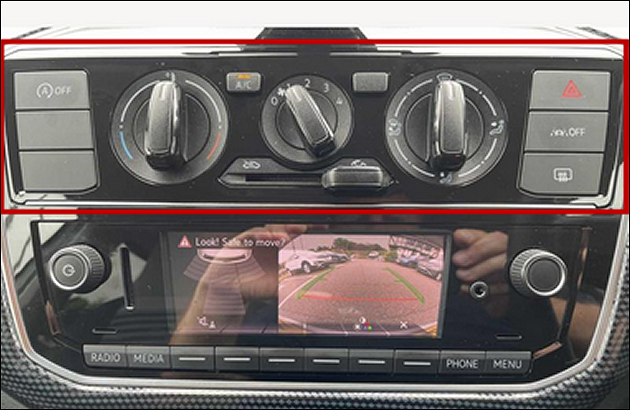Early on Sunday morning 29 Dec 2024 I went out for a walk in central London. Instead of going down along the river like I often do, this time I walked to Spitalfields Market. It was early, some traders were busy setting up, the public were few and far between, and there was nothing really open yet.

Then, for the first time, I noticed an outlet called “Jenki”. It’s a Matcha bar. It’s a poor imitation of Japan. The word “genki” has a hard “g” as in “get” so why they called the shop “Jenki” I have no idea. As with much Japanese language, the word “genki” is not easy to translate. But Japanese speakers like me know that the word is a blend of “vitality” or “spirited” or “energised”.
More importantly, Japanophiles like me (with dozens of visits to Japan) also know that Matcha is not really green tea. Its colour and its flavour are forced unnaturally.

The humble tea bush is largely the same across Asia. If you dry out the leaves, you have the basis for green tea. If you roast the leaves, you can create black tea. That’s basically all there is to it! Green tea from green leaves, and black tea from black leaves.

Should your tea plantation want to produce more tea more quickly, then there are ways to accelerate nature, and you can make a powder version of green tea. You can also do the same sort of thing with your roasted tea leaves and you can have instant black tea. Coffee beans too! Have you ever seen instant coffee powder? Have you ever seen an “instant coffee powder” shop? One that charges you £4.95 for one cup of Tesco value brand coffee?

So the aficionados of Matcha are getting excited about instant green tea in a way that nobody would ever get excited about instant black tea or instant coffee powder!
Matcha tea leaves are grown in the normal way, but about three weeks before harvesting, they are covered in black plastic! That forces the plant to produce more chlorophyll (the green pigment) as it searches vainly for usable sunlight. And that gives Matcha its extra strong flavour, and its unnatural deep green colour. You can also produce more tea from fewer square metres!

I don’t like Matcha. I have a feeling that the UK public will eventually tire of it too, because it’s the equivalent of instant black tea or instant coffee powder. And I believe that places like the Jenki Matcha Bar will wither and die in the foreseeable future.
I drink Sencha. And not just any old Sencha, I prefer the better quality brands. Think of it as equivalent to Assam or Darjeeling. I don’t want the Sainsbury version of Assam or Tesco’s own Darjeeling, I want the nice ones from places like Whittard of Chelsea. So I order my Sencha from Hashimoto, a small specialist shop in my adopted home town in Japan.
At High Street outlets in the UK I will settle for an Assam tea from Twinings, or sometimes a simple PG Tips. I have never found a decent green tea on any High Street anywhere in the UK. Whereas in Japan I can get a nice Sencha almost anywhere, and a knowing smile from the staff who understand why I do not drink Matcha! Or Mugicha, or Houjicha!



